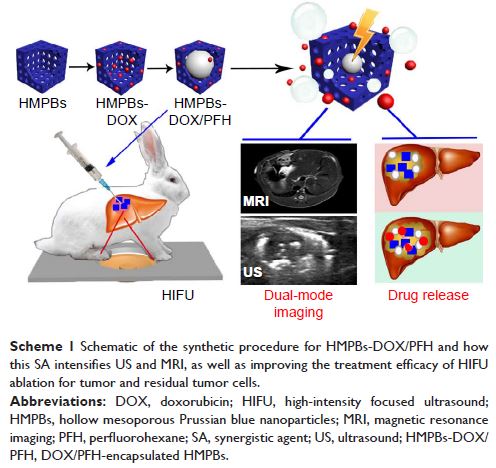108384
论文已发表
注册即可获取德孚的最新动态
IF 收录期刊
- 3.4 Breast Cancer (Dove Med Press)
- 3.2 Clin Epidemiol
- 2.6 Cancer Manag Res
- 2.9 Infect Drug Resist
- 3.7 Clin Interv Aging
- 5.1 Drug Des Dev Ther
- 3.1 Int J Chronic Obstr
- 6.6 Int J Nanomed
- 2.6 Int J Women's Health
- 2.9 Neuropsych Dis Treat
- 2.8 OncoTargets Ther
- 2.0 Patient Prefer Adher
- 2.2 Ther Clin Risk Manag
- 2.5 J Pain Res
- 3.0 Diabet Metab Synd Ob
- 3.2 Psychol Res Behav Ma
- 3.4 Nat Sci Sleep
- 1.8 Pharmgenomics Pers Med
- 2.0 Risk Manag Healthc Policy
- 4.1 J Inflamm Res
- 2.0 Int J Gen Med
- 3.4 J Hepatocell Carcinoma
- 3.0 J Asthma Allergy
- 2.2 Clin Cosmet Investig Dermatol
- 2.4 J Multidiscip Healthc

介孔复合纳米颗粒用于双模态超声影像/磁共振成像及针对深部肿瘤的协同化疗/热疗
Authors Zhang N, Wang R, Hao J, Yang Y, Zou H, Wang Z
Received 15 June 2017
Accepted for publication 25 August 2017
Published 5 October 2017 Volume 2017:12 Pages 7273—7289
DOI https://doi.org/10.2147/IJN.S144058
Checked for plagiarism Yes
Review by Single-blind
Peer reviewers approved by Dr Thiruganesh Ramasamy
Peer reviewer comments 2
Editor who approved publication: Dr Linlin Sun
Abstract: High-intensity focused
ultrasound (HIFU) is a promising and noninvasive treatment for solid tumors,
which has been explored for potential clinical applications. However, the
clinical applications of HIFU for large and deep tumors such as hepatocellular
carcinoma (HCC) are severely limited by unsatisfactory imaging guidance, long
therapeutic times, and damage to normal tissue around the tumor due to the high
power applied. In this study, we developed doxorubicin/perfluorohexane-encapsulated
hollow mesoporous Prussian blue nanoparticles (HMPBs-DOX/PFH) as theranostic
agents, which can effectively guide HIFU therapy and enhance its therapeutic
effects in combination with chemotherapy, by decreasing the cavitation threshold.
We investigated the effects of this agent on ultrasound and magnetic resonance
imaging in vitro and in vivo. In addition, we showed a highly efficient HIFU
therapeutic effect against HCC tumors, as well as controlled drug release,
owing to the phase-transitional performance of the PFH. We therefore conclude
that HMPB-DOX/PFH is a safe and efficient nanoplatform, which holds significant
promise for cancer theranostics against deep tumors in clinical settings.
Keywords: high-intensity
focused ultrasound, HIFU, hollow mesoporous Prussian blue nanoplatforms,
hepatocellular carcinoma, dual-modality imaging, synergistic
chemo-/thermotherapy, theranostics
